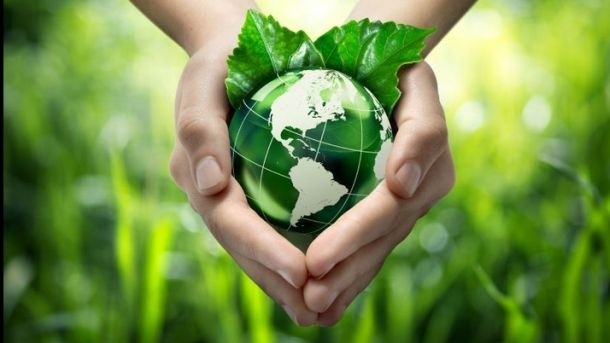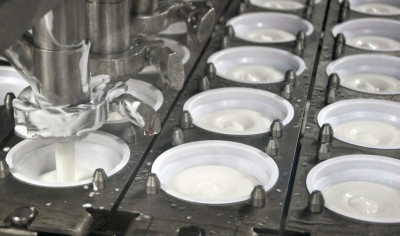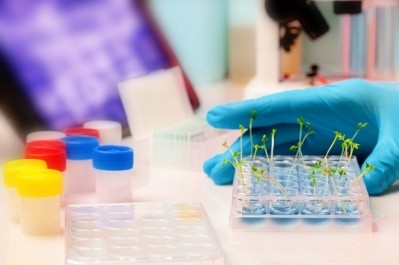USDA report outlines climate change impact on global food security

The peer-reviewed report, titled Climate Change, Global Food Security, and the U.S. Food System, was compiled after a three-year study by 30 experts at 19 institutions in four countries.
It was released during the 2015 United Nations Climate Change Conference in Paris, which ended Saturday to a conclusion that The Guardian heralded as “the world’s greatest diplomatic success.”
According to the study, global food security—which the report defines as when all people at all times have physical, economic , and social access to sufficient, safe, and nutritious food to lead active and healthy lives—is at risk from direct and indirect factors.
“The first way is a direct impact of climate on agricultural production all around the world, which will then reduce the amount of food available, increasing prices,” Molly E. Brown, Associate Professor at the Department of Geographical Sciences at the University of Maryland, said in a video announcing the study.
On the other hand, indirect consequences of global climate change on food security affect many elements of the global food system, for example rising sea levels can affect where food-carrying cargo ships can dock to import or export produce, or what pests will persist and invade a new area, affecting its agricultural yield.
Beyond Production: How food processing and packaging is affected
Temperature increases can affect processing and packaging in negative ways, such as increase of cost in postharvest cooling to avoid spoilage. Another negative impact is the increase of food safety risks.
“The influence of climate change on which crops are grown where in the world affects the location of storage, processing, and packaging facilities, as well as that of the underlying transportation infrastructure for moving food from producer to consumers or to trade hubs,” the report says.
In other words, researchers agree that adapting policies and food-packaging technology that can combat the consequences of climate change are an important step to secure food access and stability.
Most at risk are poor populations in tropical regions, where production of food can be affected by higher temperatures, and where governments and other entities may not have the resources to implement the latest technologies in food processing and packaging.
For such regions, the report’s executive summary projects biological contaminants in the food supply, such as fungal contamination or algal blooms for aquatic food sources, to be a main concern.
Risks in the US
As a highly integrated member of the global food system, researchers say the US will be affected most in terms of the type and price of food imports from other regions, “as well as export demands placed upon US producers and the transportation, processing, and storage systems that enable global trade,” the report says.
Researchers also expect an increased demand for advanced technologies and services to manage changing conditions.
Though researchers found several points of intervention to manage food security, they are quick to add that adaptation is subject to “highly localized conditions and socioeconomic factors,” and that the technical feasibility of an adaptation process is not a guarantee that it will be affordable.
Click HERE to read the full report.









